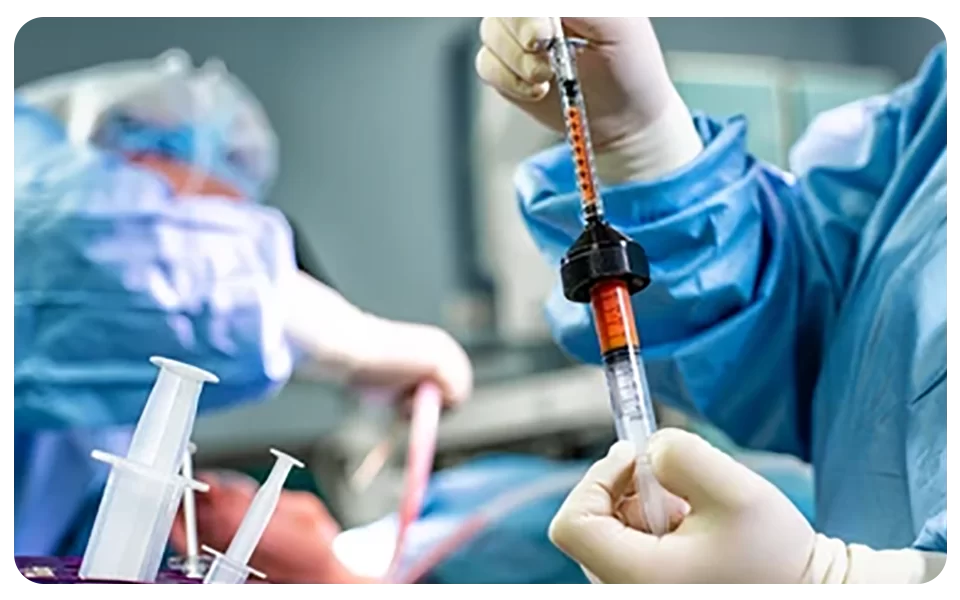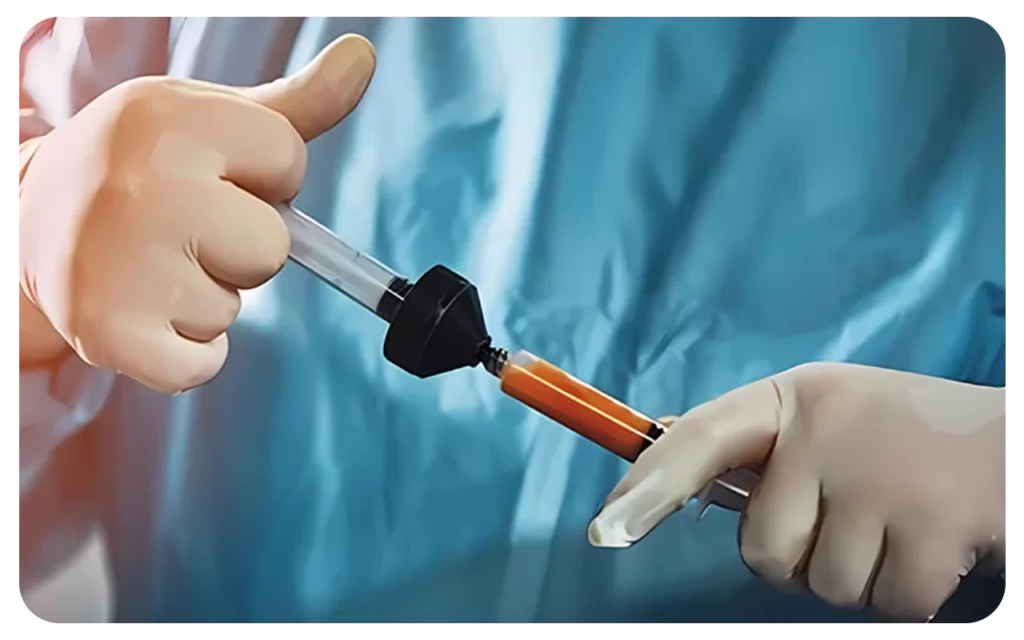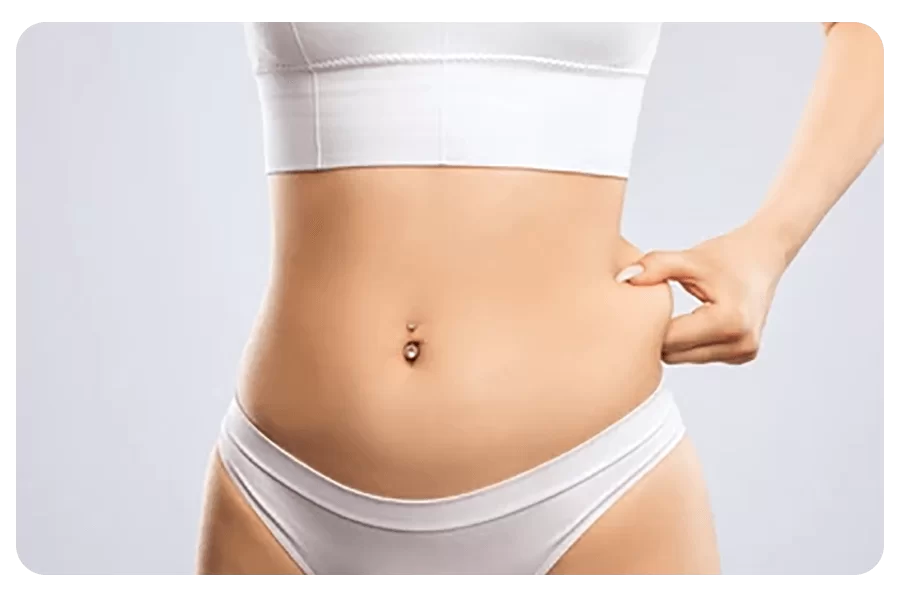Fat Transfer in Abu Dhabi
Elyzee Hospital is one of the best medical centers in Abu Dhabi, specializing in Fat Transfer.

Best fat transfer and removal surgeries in Abu Dhabi
Fat transfer, also known as fat grafting or fat injection, If you’re looking for an effective way to enhance your features and restore natural curves on your body – then “fat grafting,” or fat transfer. Maybe just what you need. This method uses extracted body fat which is then applied to other areas such as hands or breasts offering beautiful sculpted contours quickly.
Our goal is providing readers in depth knowledge concerning various aspects entailed in this amazing procedure. We’ll begin by revealing some incredible benefits gained during surgery; following that is identifying qualifying candidates based on health status criteria before surgery scheduling.
Also included is a detailed explanation surrounding consultation practices and vital preparation rules required prior to undergoing the surgical procedure itself.
The Benefits of this Procedure
The fat transfer procedure offers several benefits, making it a popular choice among patients seeking natural and long-lasting results. Some of the key advantages include:
1. Enhanced volume and contour
Fat transfer allows for the augmentation of specific areas of the body, such as the face or buttocks, by adding volume and improving contours. It can restore youthful fullness and create a more balanced appearance.
2. Natural-looking results
Since the fat used in the procedure is harvested from the patient’s own body, the results are typically natural-looking and feel natural to the touch. It provides a more organic and harmonious enhancement compared to synthetic fillers.


3.Dual benefits
In addition to enhancing the desired area, fat transfer involves the removal of excess fat from another part of the body. This allows patients to enjoy the added benefit of body contouring in the donor area, resulting in a more proportionate figure.
4. Long-lasting outcomes
The transferred fat cells have the potential to establish a blood supply in the new location and can survive for years, providing long-lasting results. While some fat cells may be reabsorbed by the body, a significant portion typically remains permanently.
The Best Candidates for Fat Transfer
- The ideal candidates for fat transfer are individuals who:
- Desire augmentation or enhancement in specific areas of the body
- Have sufficient fat deposits in donor areas for harvesting
- Wish to avoid or minimize the use of synthetic fillers or implants
- Are non-smokers or willing to quit smoking for a specified period before and after the procedure
It is important for patients to have adequate fat reserves for the transfer, as the success of the procedure depends on the availability of viable fat cells for grafting.
Consultation with Doctor and Preparation for the Procedure
Plastic surgeons work with Patients carefully during consultations to evaluate key factors such as desired outcomes alongside potential donor/recipient areas viability. Ultimately this helps them determine if transferring fat is indeed suitable in helping each patient achieve optimal results they desire. Throughout these discussions doctors operate under very professional lines giving full transparency regarding procedures specifics including potential risks involved allowing patients complete confidence going into necessary surgery steps fully prepared without any doubt queries left unanswered.
- Before the procedure is carried out, the surgeon might give tailored instructions, possibly encompassing:
- To ensure your safety it would be best to avoid taking particular medications or supplements that could heighten the chance of bleeding
- Undergoing preoperative medical tests to ensure good overall health
- Quitting smoking, as smoking can impair the healing process and affect the survival of the transferred fat cells
- Making necessary arrangements for transportation and aftercare support
The surgeon will provide detailed pre-operative instructions to help the patient prepare both physically and mentally for the fat transfer procedure.
What's Happening During the Fat Transfer Procedure
The fat transfer procedure typically involves the following steps:
1. Harvesting fat cells: The surgeon will identify the donor areas where excess fat is available, commonly from the abdomen, thighs, or buttocks. The fat is gently suctioned using liposuction techniques, which involves making small incisions and using a thin cannula to remove the fat cells.
2. Processing and purification: The harvested fat is processed to separate impurities, blood, and damaged fat cells. The purified fat is then carefully prepared for injection.
3. Injection of fat cells: The prepared fat cells are injected into the targeted area using a small-gauge needle or cannula. The surgeon strategically places the fat cells to achieve the desired volume and contour, taking into account the patient’s aesthetic goals.
4. Sculpting and shaping: The surgeon meticulously sculpts and shapes the transferred fat to ensure a smooth and natural appearance. This step requires expertise and precision to achieve optimal results.
After the Procedure and Recovery
Following the fat transfer procedure, the patient may experience some swelling, bruising, and discomfort in both the donor and recipient areas. The surgeon may prescribe pain medication and recommend the use of cold compresses to help manage these symptoms. It is essential to follow the post-operative instructions provided by the surgeon to promote proper healing and maximize the survival of the transferred fat cells.
During the recovery period, it is important to avoid putting pressure on the recipient area to ensure the best chance of fat cell survival. Patients are typically advised to avoid strenuous activities, heavy lifting, and direct pressure on the treated areas for a few weeks.
It’s reasonable to expect a period of waiting after undergoing fat transfer. Expect results to become more obvious as swelling gradually reduces over time. Another aspect of recovery is that some cells may be reabsorbed naturally while your body heals itself from treatment induced inflammation and trauma. However, a significant portion of the fat cells usually establishes a blood supply and remains in the treated area permanently.
Final Result
The final result of a fat transfer procedure is a more youthful, rejuvenated appearance with enhanced volume and improved contours in the treated area. The results are generally long-lasting, providing a natural and harmonious enhancement. The new contours and added volume can help restore confidence and improve self-esteem.
It’s important to note that maintaining a stable weight and following a healthy lifestyle can contribute to the longevity of the results. Weight fluctuations can affect the overall appearance and may require additional touch-up procedures or adjustments in the future.
Conclusion
Fat transfer is a versatile and effective procedure that allows patients to enhance their appearance by using their own fat cells. Whether it’s restoring facial volume, enhancing breast shape, or improving body contours, fat transfer provides natural-looking and long-lasting results. By choosing a qualified and experienced plastic surgeon and following proper pre and post-operative care, patients can achieve their desired aesthetic goals and enjoy the benefits of fat transfer for years to come.

FAQs
The general consensus on fat transfer is that its’ usually safe when administered by a well trained plastic surgeon. Just like standard surgery practices carry potential risks or complications; however less recurrent in this case. It’s imperative to choose only experienced medical professionals who know the intricacies of the procedure well enough to minimize accidents through strictly adhering to pre & post operative guidelines set in place as precautions for their clients’ safety.
The general consensus on fat transfer is that its’ usually safe when administered by a well trained plastic surgeon. Just like standard surgery practices carry potential risks or complications; however less recurrent in this case. It’s imperative to choose only experienced medical professionals who know the intricacies of the procedure well enough to minimize accidents through strictly adhering to pre & post operative guidelines set in place as precautions for their clients’ safety.
The duration of the fat transfer procedure varies depending on the extent of the treatment and the areas being addressed. It can range from one to several hours. The surgeon will provide a more accurate time estimate during the consultation.
Yes, fat transfer can be combined with other procedures such as facelifts, breast augmentation, or body contouring surgeries. Combining procedures can provide comprehensive results and reduce overall downtime.
It should be understood that even though many transferred fat cells can settle in successfully with their own blood supply intact for future permanence, others may dissolve naturally within your system over time. To maximize favourable consequences further into the future, it’s wise to prioritize stable weight management and embrace wholesome lifestyle choices.
Make An Appointment

